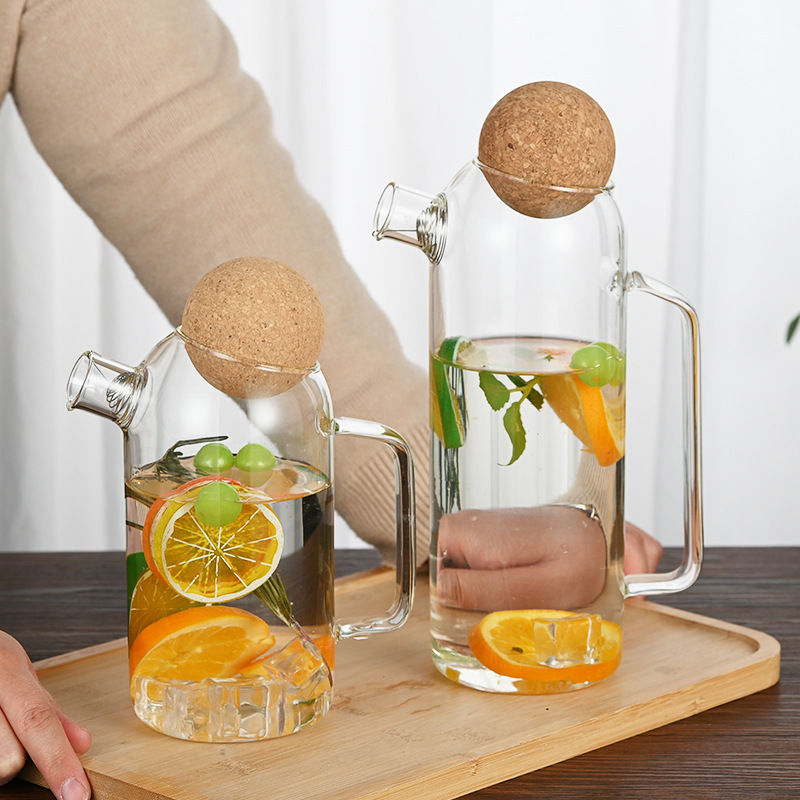- English
- Español
- Português
- русский
- Français
- 日本語
- Deutsch
- tiếng Việt
- Italiano
- Nederlands
- ภาษาไทย
- Polski
- 한국어
- Svenska
- magyar
- Malay
- বাংলা ভাষার
- Dansk
- Suomi
- हिन्दी
- Pilipino
- Türkçe
- Gaeilge
- العربية
- Indonesia
- Norsk
- تمل
- český
- ελληνικά
- український
- Javanese
- فارسی
- தமிழ்
- తెలుగు
- नेपाली
- Burmese
- български
- ລາວ
- Latine
- Қазақша
- Euskal
- Azərbaycan
- Slovenský jazyk
- Македонски
- Lietuvos
- Eesti Keel
- Română
- Slovenski
- मराठी
- Srpski језик
How To Judge That The Glass Water Cup You Bought Is Made Of High Borosilicate?
2024-04-16
The daily use of high borosilicate water cups is mainly artificially blown. The raw material is mainly high borosilicate glass pipes, which are burned at high temperature until softened, and then placed in a mold for rotary blow molding or fixed blow molding. Blown products are generally very thin. Generally, the thickness of high borosilicate glass tea set and coffee set is about 1.2-1.8mm, and the thickness of the pot is about 1.8-2.2mm. Occasionally, there are straight cups or pots that are very thick, because there is no blown raw material pipe, so the thickness can reach 2-4mm.
1. The double-layer glass must be made of high borosilicate heat-resistant glass. (Note: Be sure to buy a high borosilicate heat-resistant glass double-layer cup with an air hole at the bottom. Just look at the bottom of the cup. There is a small spot, which is a small hole sealed with glue. This small hole is specially reserved during processing , when it is finally completed, it is sealed with glue. If there is no one, it will be sealed at high temperature during processing, and the air pressure inside will be low. When it falls to the ground and breaks, it will make a "bang" sound similar to a thermos pot, which is dangerous!)
2. Glass cups with handles are light and thin, and must be made of high borosilicate glass if the thickness is within 2mm. If it is very thick, then it depends on whether there is mold printing on the handle part. If there is, it is not heat-resistant glass (except in rare cases), if not, it is heat-resistant glass. Moreover, the heat-resistant glass is artificially melted and the handle is glued on. If you look carefully at the connection between the handle and the cup body, you will definitely see the difference, it will not be symmetrical, and it will not be perfect. The high borosilicate handle is very round and has no marks. (It should be noted that crystal glass products with handles are also handmade, so the handles do not have mold marks. However, the body of the cup is generally very thick and feels heavy.)
3. Generally, if the bottom of a straight cup is very thick, most of them will not be borosilicate glass. Because of the problem of high borosilicate glass technology, it is simply expensive to thicken the bottom to 2 cm, and the thickness will not be consistent. Not beautiful, not worth the candle.





